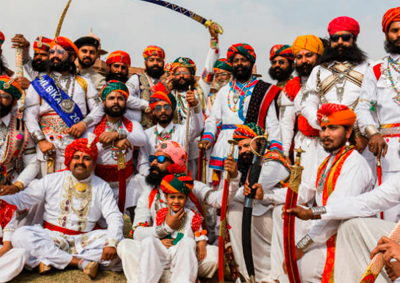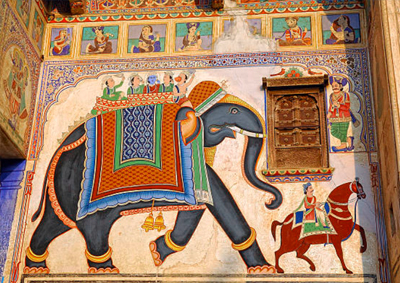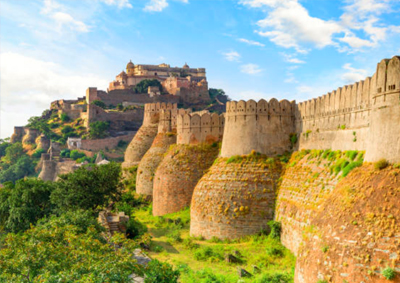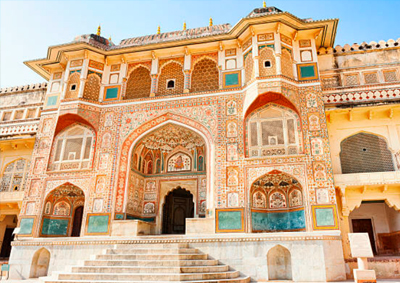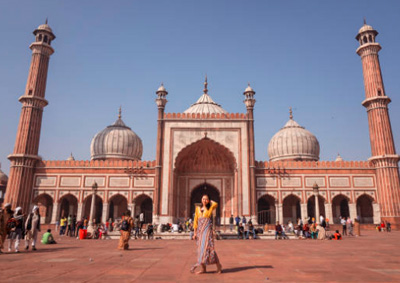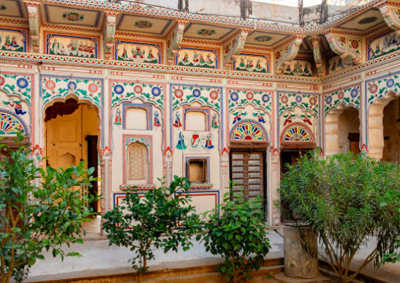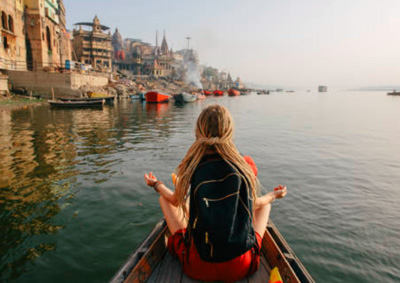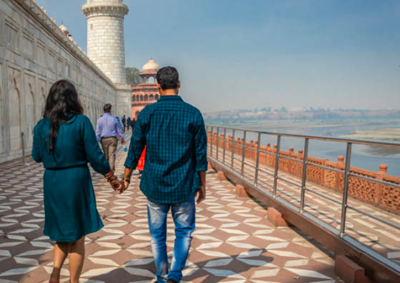Jaipur: The Birth of the Pink City
Jaipur, often called the “Pink City,” was founded in 1727 by Maharaja Sawai Jai Singh II, the ruler of Amer. He envisioned Jaipur as a planned city, designed to accommodate a growing population and serve as the new capital of his kingdom. Amer, the previous capital, had limitations in terms of water supply and space, prompting Jai Singh to build a new city just 11 kilometers away.
The city was designed by Vidyadhar Bhattacharya, a Brahmin scholar and architect, who followed the principles of Vastu Shastra (an ancient Indian architectural guide) and Shilpa Shastra. Jaipur was laid out in a grid pattern with wide streets, large squares, and well-defined sectors, making it one of the earliest examples of urban planning in India. It was divided into nine blocks, two reserved for state buildings and palaces, and seven for the public.
Jaipur’s signature pink color has its origins in the 19th century. In 1876, the city was painted pink to welcome the visit of Prince Albert, the consort of Queen Victoria. Pink is traditionally associated with hospitality, and since then, the city has retained this color, earning its nickname.
Historically, Jaipur has been a center of power and culture. It played a significant role in Rajput history, known for its royal lineage, military might, and alliances with the Mughals. Maharaja Jai Singh II was a renowned astronomer and built several observatories, including the Jantar Mantar in Jaipur, which is now a UNESCO World Heritage site.
Over time, Jaipur grew into a hub of trade and culture, renowned for its textiles, jewelry, and arts. Today, it is one of the most popular tourist destinations in India, celebrated for its rich history, grand palaces, and vibrant markets.
